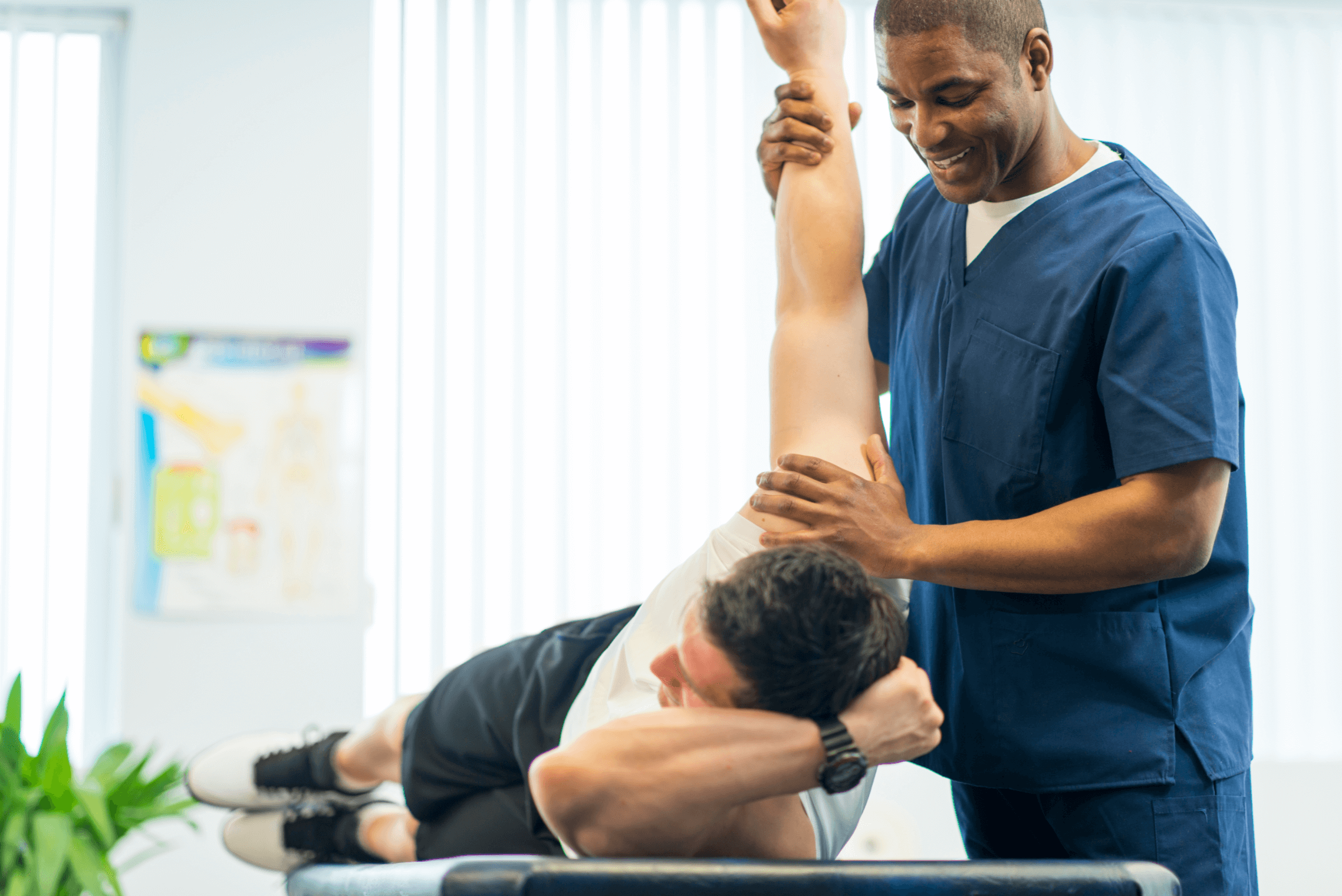Learn Common Athletic Injuries and Efficient Rehabilitation Strategies aimed at Athletes
Wiki Article
Athletic traumas are common among sportspeople of every age groups and skill levels. These traumas can happen in multiple forms, including ligament injuries, strains, fractures, and tendonitis. Comprehending the kinds of injuries that can happen during sports events is essential for both avoiding and treatment. Ligament injuries, for example, involve the overextending or tearing of connective tissues, which link skeletal structures at a joint. Muscle injuries, on the contrary hand, affect muscle tissues or tendons, which connect muscle tissues to bones. Identifying these traumas early can assist sportspeople seek suitable treatment and return to their sport more quickly.
One of the most commonly observed injuries in sports is the foot sprain. This injury often occurs when an athlete touches down awkwardly or twists their foot during a game. Symptoms of an foot sprain include discomfort, swelling, and difficulty moving. Immediate care typically involves the R.I.C.E. approach, which stands for Recovery, Cooling, Compression, and Elevation. This approach aids minimize swelling and discomfort. In severe severe situations, physical treatment may be required to regain power and flexibility to the ankle before going back to sports.
Another frequent trauma is a muscle injury, which can happen in all athletic activity that requires sudden actions or heavy weight-bearing. Athletes may experience a muscular strain when they extend a muscle too far or when they exert too great force. Signs include sharp pain, inflammation, and muscle spasms. Recovery for muscle strains often entails gentle flexibility exercises and strengthening workouts. Gradually increasing exercise levels is crucial to avoid re-injury. Sportspeople should work closely with a rehabilitative therapist to create a secure and efficient rehabilitation strategy.
Tendon inflammation is another trauma that can affect athletes, particularly those who engage in repetitive motions, such as runners or go to website swimmers. This condition happens when a tendon, which connects muscle to bone, gets inflamed. Frequent locations affected by tendonitis include the elbow, shoulder, and knee. Signs often include discomfort and rigidity, especially during activity. Care for tendonitis usually includes rest, ice, and anti-inflammatory drugs. In certain situations, rehabilitative therapy may be suggested to enhance flexibility and power in the affected area.
Avoiding athletic traumas is just as important as addressing them. Sportspeople can minimize their chance of trauma by warming up properly before events, using the appropriate equipment, and maintaining good fitness condition. Strength conditioning and stretching exercises can help prepare the physique for the demands of sports. Additionally, sportspeople should pay attention to their bodies and take rest when necessary. By understanding common sports injuries and implementing efficient recovery strategies, athletes can stay fit and participate in their beloved athletic activities for years to come.
u0026srotateu003d0)